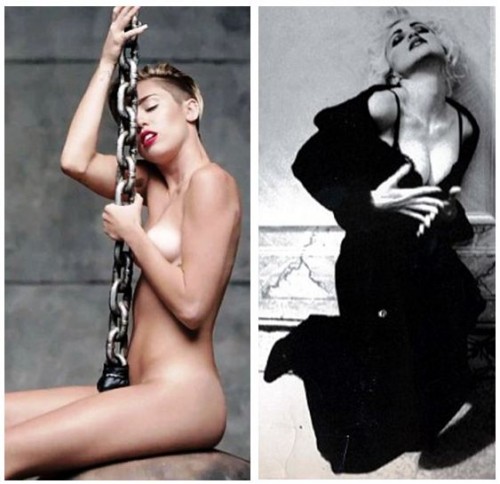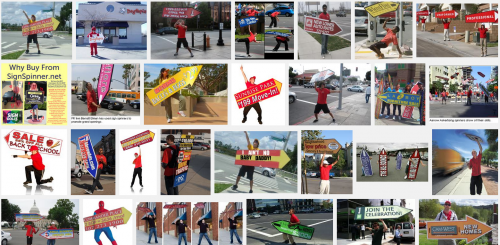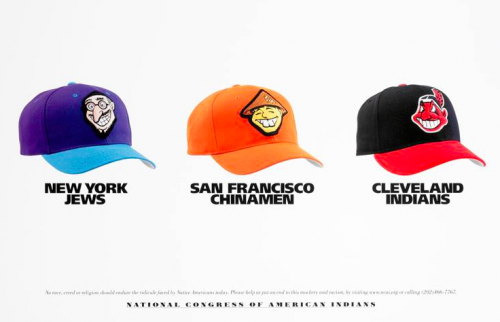UPDATE: I may have been wrong about this one and, if so, I apologize. The Univ. of Alabama has released a statement saying that the image is not photoshopped, including a quote from the student saying “It’s kind of funny, but people are blowing it out of proportion a little bit.” If anyone has further information on this story, please email it to socimages@thesocietypages.org.
In 2000, the University of Wisconsin – Madison was sued by a man named Diallo Shabazz. Because the college wanted to present itself as a diverse place, Shabazz, a black man, had been featured in university marketing materials for several years. That year, however, his face was photoshopped into a picture of a crowd at a football game. He complained, but was blown off. He’d had enough. In his lawsuit, he asked not for a settlement, but for a “budgetary apology”: money dedicated to increasing the actual diversity of the campus.
Today @EricTTung sent us another example of this kind of doctored diversity, currently the first slide on the homepage of the University of Alabama. Do you see it?
How about now?
Note the skin color of the African American man’s hands.
As I’d written in the post about Shabazz, this teaches us both that colleges believe that diversity is a useful commodity with which to market their institutions and that, “if real diversity isn’t possible, cosmetic diversity will do.”
Recruitment of minorities to a mostly white campus: tricky. Addressing the systematic educational underinvestment in minorities prior to arriving: expensive. Retaining minorities in that environment: challenging. Photoshop: easy.
Lisa Wade, PhD is an Associate Professor at Tulane University. She is the author of American Hookup, a book about college sexual culture; a textbook about gender; and a forthcoming introductory text: Terrible Magnificent Sociology. You can follow her on Twitter and Instagram.













